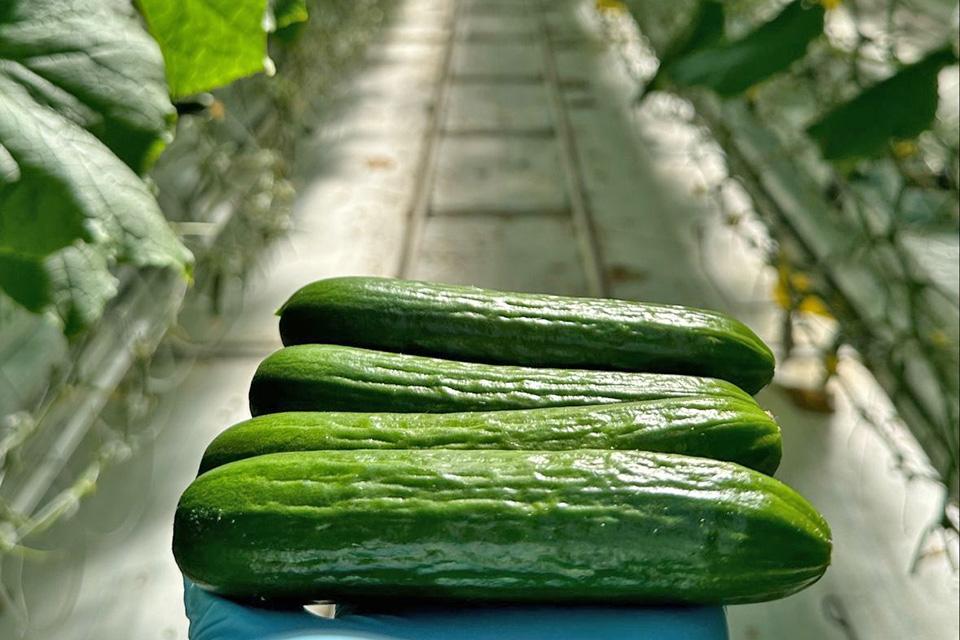Seed For Thought: Go Big On Farm Marketing, Or Go Home

We here at American Vegetable Grower, along with our sister magazine, American/Western Fruit Grower, generally support marketing orders or checkoff programs. We support them for any number of reasons, from the general, as in a rising tide floats all boats, to the specific, as in the recent shrinking of university budgets is putting purely objective agricultural research at a premium.
A recent study from Cornell University has me rethinking my position, however. If I could summarize the study in sports terminology, I’d say its conclusion is: Go big, or go home. And I’m not sure the former is practical. The study, which is easily available online, is titled “Consumer Response to Commodity-Specific and Broad-Based Promotion Programs for Fruits and Vegetables,” and the lead author is Bradley Rickard.
The authors claim that theirs is the first research study that empirically measures consumer response to both broad-based advertising, like the Fruit and Veggies — More Matters program, and the much more common commodity-specific programs, like those for potatoes, etc. Their findings took me by surprise. They state that while previous studies found that commodity-specific programs are effective at increasing demand, that’s not what they learned.
“Our results show that such programs may be less effective at increasing demand for fruits and vegetables than earlier studies have suggested;” they write, “we do not find that the commodity-specific programs included in our study resulted in an upward shift in the demand for fruits and vegetables.”
Common Benefits
Now, before any of you commodity program people, some of whom are (or used to be) friends of mine, begin hurling invective, keep in mind that this is only one study. We all know that there are lots of conflicting studies out there: coffee bad, coffee good; eggs bad, eggs good. What I find much more interesting, and the study in fact puts more emphasis on this, is that broad-based programs are effective.
Part of the reason for my interest is I’ve been researching the produce consumption of young people for this month’s cover story. It’s not a pretty picture. The study concludes that emphasizing the common benefits of consuming fruits and vegetables, relative to fat- and salt-laden junk foods, for example, instead of the commodity-specific benefits, makes the whole industry better off.
It’s worked in other countries, they say. They cite a program in Australia that raised overall consumption by nearly 20%. Why doesn’t it work here in the U.S.? They say Fruit and Veggies — More Matters and its predecessor, 5 a Day for Better Health, have a relatively small presence in such a large country because of a lack of funding. The funding is lacking because a lot of people in the industry don’t think such a program would work, in part because the crop mix is too diverse. Here in California alone, we produce 350-plus different crops, so they have a point. I’ll be interested to see future studies, though.









